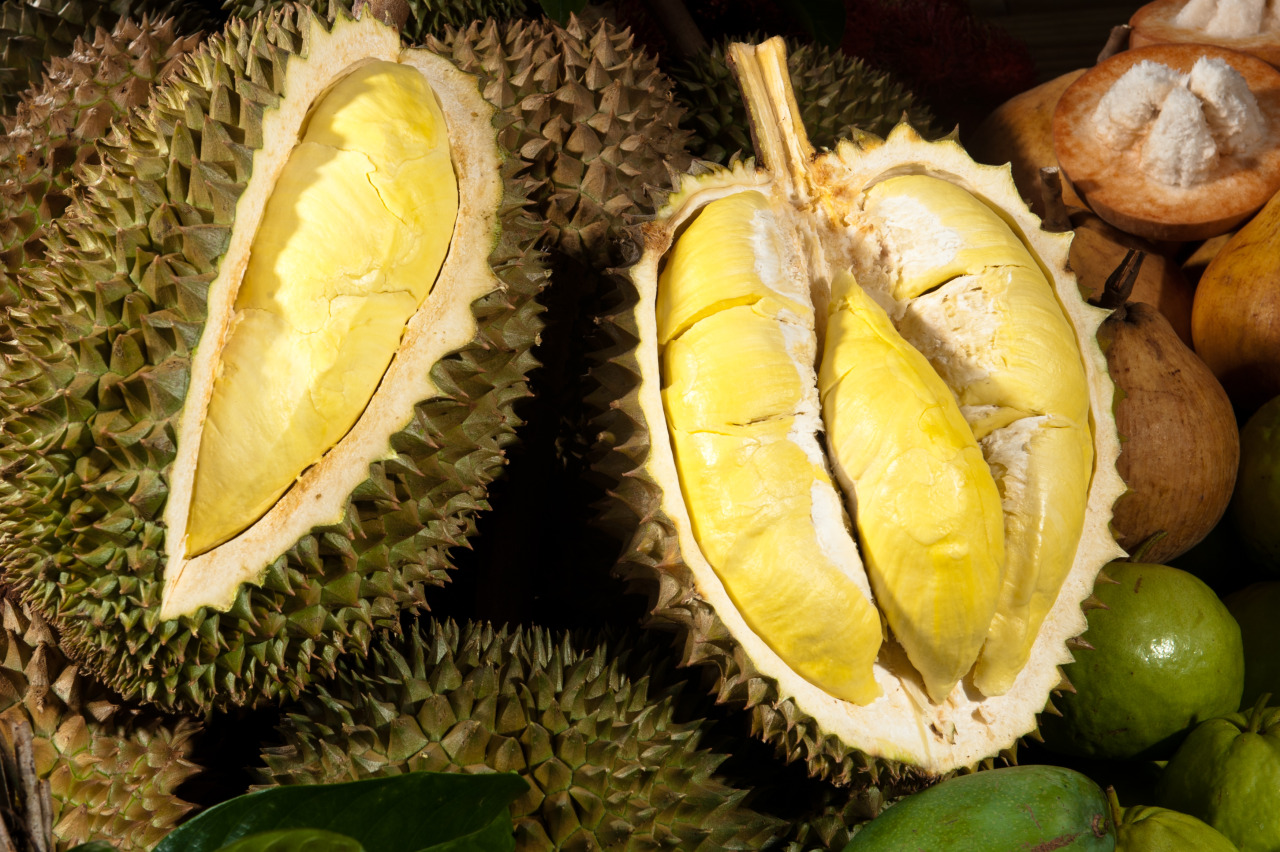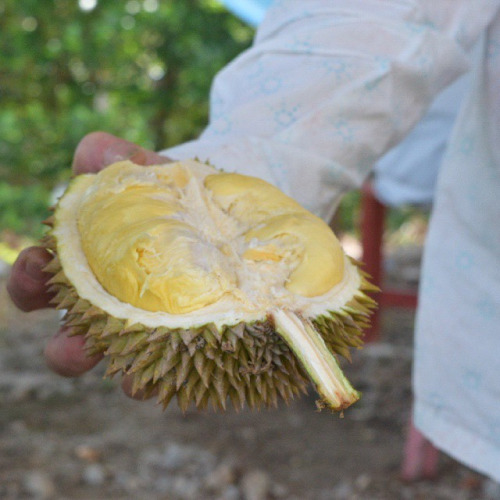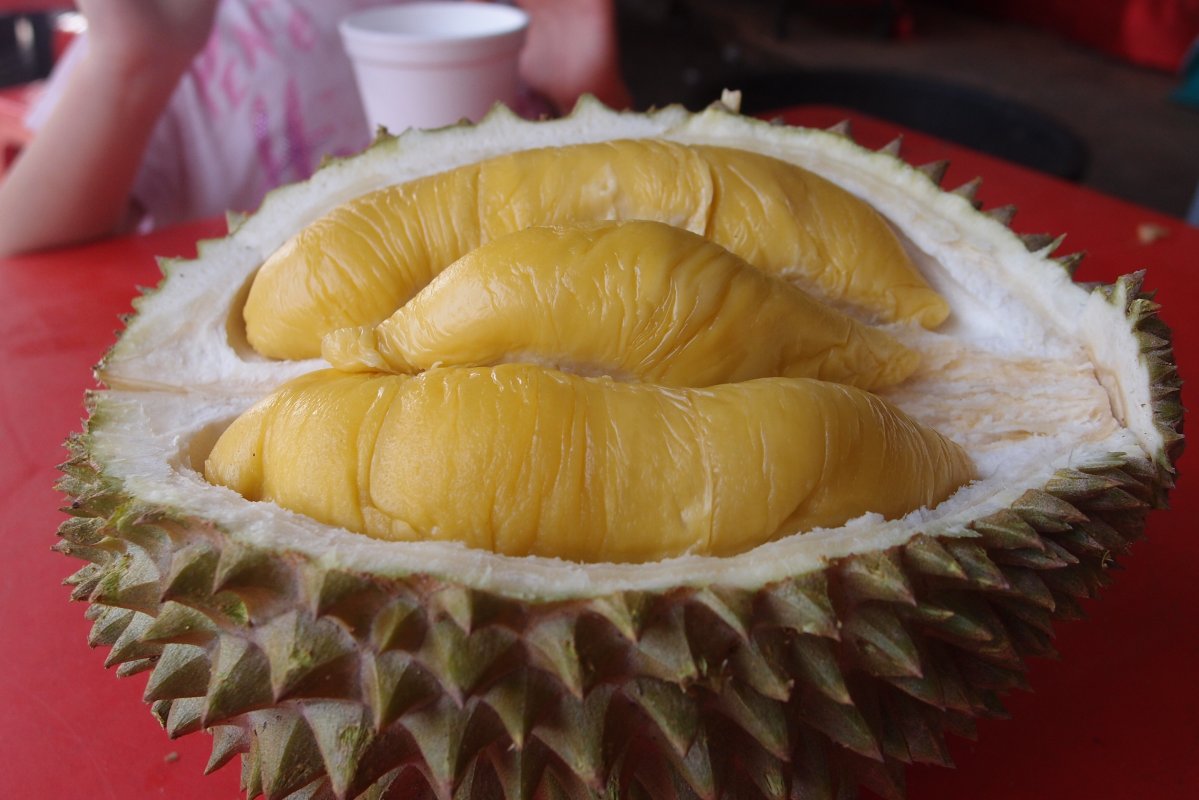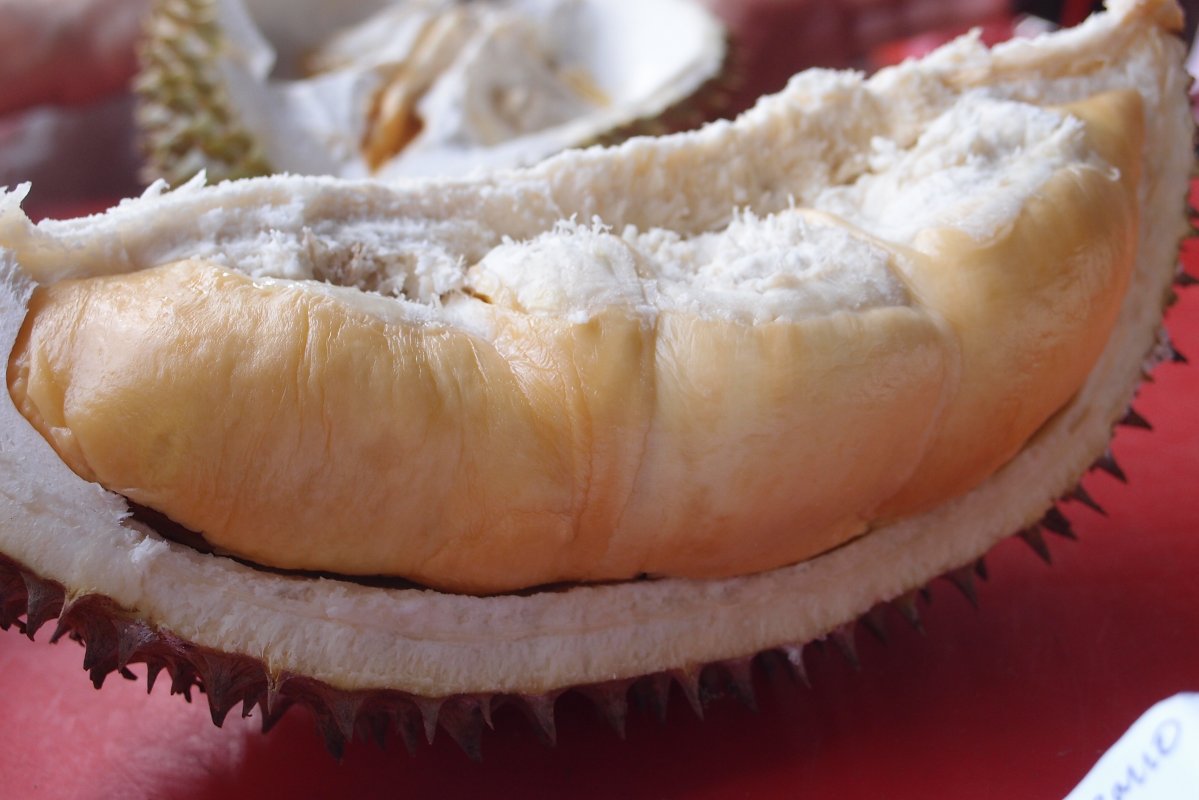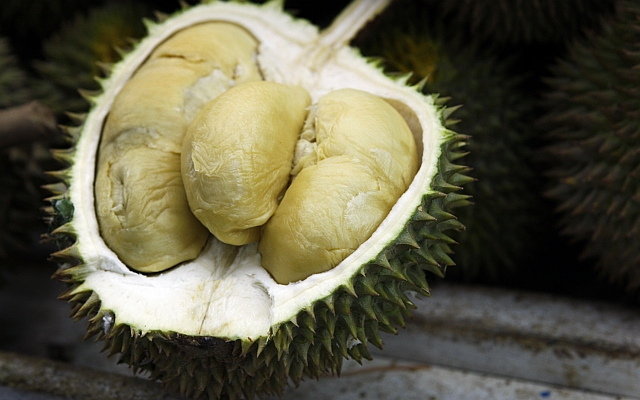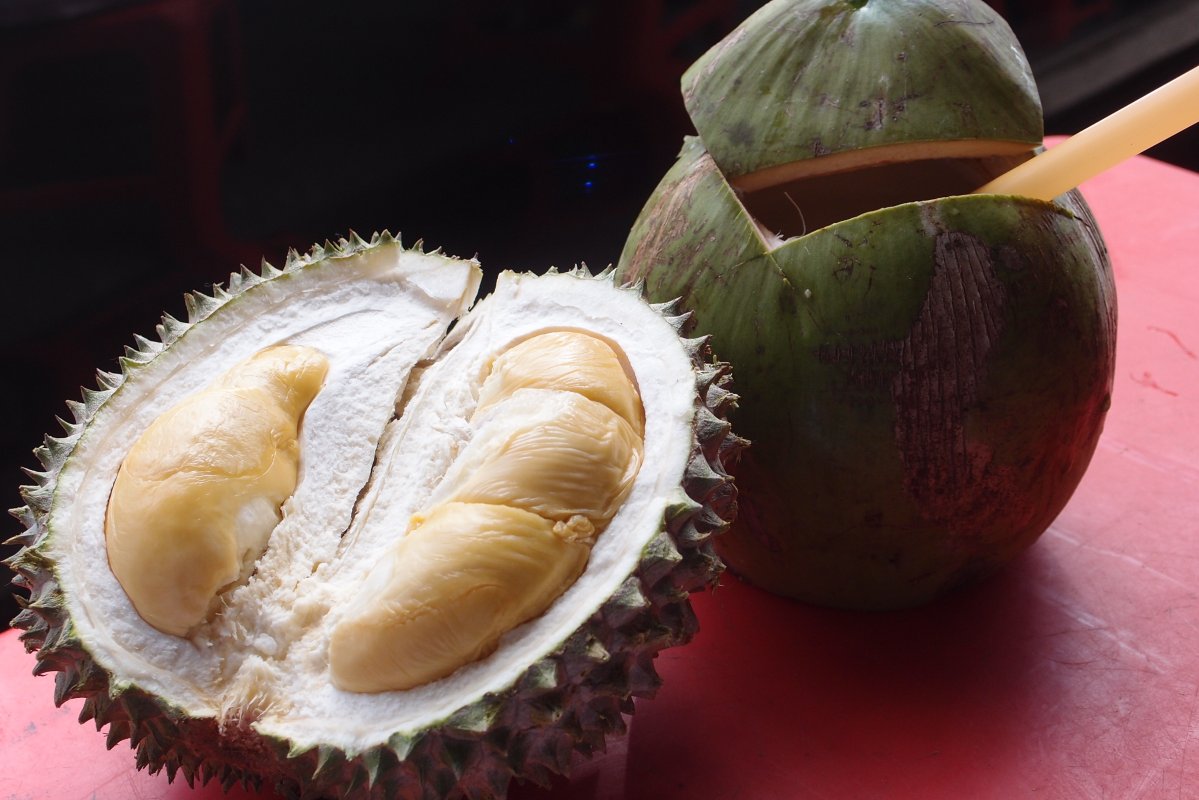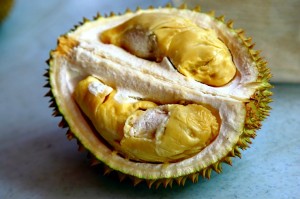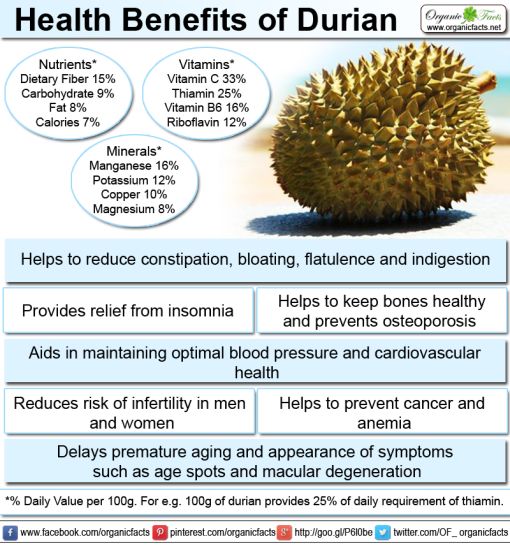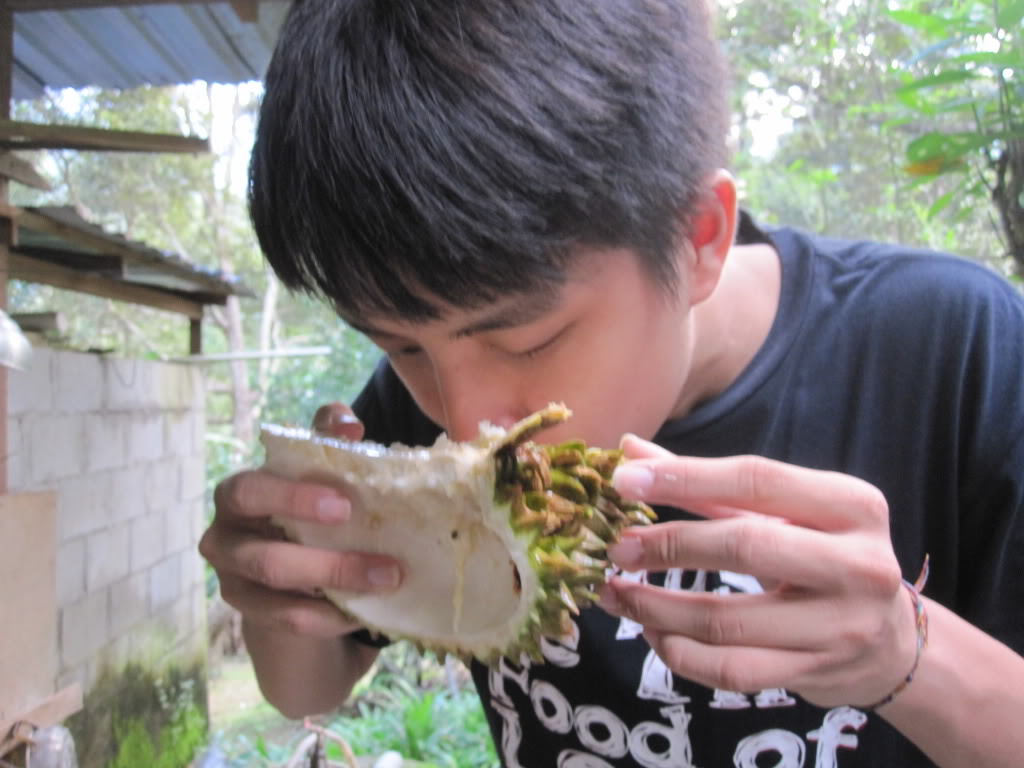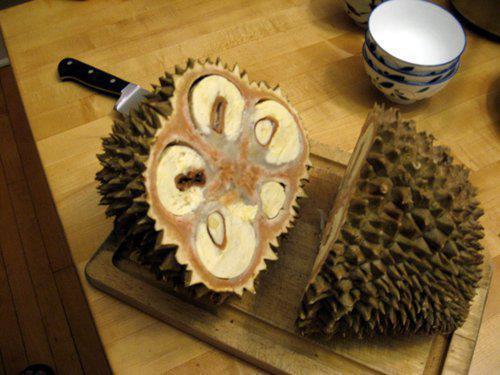How To Pick The Perfect Durian And Make The Most Out Of The Durian Season
Love it or hate it, you can run but you can't hide from the King of Fruits... because it's durian season, y'alls!
There is only one fruit in the world that is as equally adored as it is despised - the durian a.k.a. the indisputable King of Fruits...
Depending on your sense of smell, you will either (a) find the smell of durians absolutely heavenly or (b) run fast in the other direction the moment you catch a whiff of the revolting and nauseating smell. There is no in-between.
... And if the sudden influx of durian trucks and stalls have not clued you in already, durian season is finally upon us!
In even better news (for durian lovers, at least), coinciding harvests in Johor and Pahang combined with a slower demand due to Ramadan means MOAR DURIANS to chomp on, with prices predicted to drop in the coming weeks!
Durian season in Malaysia usually occurs from June to August every year. Harvest season in Pahang is typically in early July while Johor's tends to be from the end of May to early June.
Durians are very serious business, as indicated by the different grades and species they are separated into. Some of the most popular types of durian you'll find in Malaysia include:
1. Musang King a.k.a. Mao Shan Wang, Rajah Kunyit, Cat Mountain King, Butter Durian
One of the most popular durians right now, Musang King is placed at the top of the table and is probably the most expensive out of all. The sticky, creamy flesh - golden yellow and smooth - starts off as bitter before ending in a sweet note. The seeds are so small you might even find some seedless ones.
Prices range from RM22 to RM30 per kg.
2. D24 a.k.a. Sultan
Thick, gooey, rich, and creamy - the D24's pale yellow flesh is described as strongly bitter with sweetness kicking in after. The smell is said to be the strongest of all durians.
Prices range from RM12 to RM20 per kg.
3. D101
Originating from Johor, the D101 is usually the choice for customers who want a milder taste. This breed is not as bitter as its counterparts are and it also has a special creamy texture to its orangey-yellow flesh.
Prices range between RM10 to RM18 per kg.
4. Green Bamboo a.k.a. Teka, Chut-keok, Qing Zhu
If you love bitter durian that isn’t dry, then Green Bamboo would be perfect for you. Pale yellow with a greenish tinge, the fibrous flesh is sweet and creamy.
5. XO
The XO durian's pale yellow flesh is bitter but extremely soft and fleshy with a slight tinge of an alcoholic taste.
6. Red Prawn a.k.a. Hong Har, Hong Xia, Ang Heh
This durian is well known as a second grade after the Mao Shan Wang. A well sought after breed in the country, this durian boasts creamy, custard-like flesh that ranges from yellow to reddish in colour, which is where its name comes from. The Red Prawn durian brings a bitter sweet taste.
Prices range between RM15 to RM22 per kg.
7. Durian Kampung
The most common durians you can find in the market. The Malay word kampung means village, which basically means that these durians were not planted in a mass plantation but in a village. The taste of Durian Kampung can range from bitter to bitter sweet but can be quite dry and are usually smaller than the durians planted in a plantation.
Prices range between RM6 to RM12.
Despite its rough, hulking appearance and - to some - repulsive smell, the thorny fruit is an excellent source of energy and packed with nutrients including vitamins B and C, potassium, amino acid tryptophan, and fibre. The durian fruit's list of health benefits might surprise you:
However, be careful not to over-indulge on durians, as you might find yourself packing on a few extra pounds due to its high calorie and fat content! People with diabetes should also limit their durian intake because of the fruit's high sugar content.
Durians have 3 times more fat than most fruits. Although they are generally the good kind of fats (that means no saturated fats and zero cholesterol, yippee!), durian lovers who are battling weight gain and obesity should take caution when indulging in durians.
It is also widely believed - especially among the Chinese - that durians are of the 'heaty' variety and hence, should not be excessively consumed.
But don't worry, you might have heard from your elders that the 'heat' can be countered by eating mangosteens (a 'cooling' fruit) and/or drinking water (salted, if desired) from a durian husk.
These methods, however, are not scientifically proven. The belief that eating durian and mangosteens together to reduce 'heatiness' probably stemmed from the fact that both seasonal fruits are harvested at around the same time.
Now, on to the most important part of eating durians - picking out the perfect one! Newbies buying their own durians for the first time are probably not going to be an expert at first try, but here are some tips to help you:
2. Never smell the base of the durian. Sniff along the seams of split lines. If there is no aroma, the durian is unripe; too strong, it's probably over-ripe.
3. The best durians are oval or slightly oblong in shape. Odd-shaped fruit are likely to have fewer chambers inside and so fewer flesh-covered seeds. A perfectly round durian may have sub-standard fruit because it is usually less aromatic and the seeds are usually bigger and the meat less fleshy and creamy.
4. Different varieties of durians come in different sizes. For example, XO durians are generally smaller while there are no small Red Prawn durians – these are generally large fruit. So be suspicious if a seller points to a large XO durian or a small Red Prawn one.
5. Some sellers try to push durians that have been rejected by other customers. Watch the vendors to ensure that they are opening a new durian.
6. Instead of prodding the flesh-covered seeds when the seller presents an open fruit, customers should taste the durian. If it is bad, or not the variety promised, you are not obliged to buy it.
7. To make sure a seller isn’t passing off a lesser durian as a Musang King, look for prominent seams radiating from the base of the durian (the lines where the spikes of the durian run parallel to each other). The base of a real Musang King durian has a flat round spot about half the size of a 5-cent coin.
Some also believe that eating durians with certain beverages (e.g. Coke, alcoholic drinks, and milk) spell a lethal combination that could lead to heart attacks, strokes, fatal blood clots... and death.
In truth, these are just urban myths that are - unfortunately - been shared quite widely on social media because, well, everyone is afraid of dying.
Eating durians with alcohol and/or Coca Cola is likely to cause bloating, indigestion, and general discomfort because your liver has to work overtime to metabolise the fats and sugars, especially if you've eaten A LOT of those foods. But it's not gonna create cobra poison or make your blood clot and kill you. Moderation is key!
Also, eating durians with milk does not cause heart attacks, because heart attacks are caused by a blockage of the artery leading to oxygen deprivation of cardiovascular muscle. If you're still staring at this passage with narrow-eyed skepticism, how do you explain durian ice cream?
If you're at a durian buffet or festival, chances are there will be helpers on hand to open your durians for you. In the event that you're planning to take your purchased goods home to be savoured, you need to know how to cut and open your durians:
2. Dig your fingers in the incision and start prying the hull apart.
3. Keep pulling and pushing until you have two halves.
4. Take the knife and score a deep cut in the fibrous “rib” in the center of each half.
5. Pull the halved section apart into two sections.
Check out other alternative ways to get to your durians' succulent flesh here. Or watch this video:
But please, for the love of God, do not cut your durians into half! THIS IS AN ABOMINATION:
Last but not least, we've got to deal with the aftermath of eating durians. It's pretty much impossible to get rid of the pungent smell from your hands, mouth, and - if applicable - car! But that does not mean all hope is lost:
To get rid of the smell from your hands and breath: Take a few empty durian shells and fill the hollows with water. A few back and forth scrapings with your finger in the water would enrich the compound content of the rinsing water, thereby improving the deodorising activity. Then use this water to wash your fingers and rinse your mouth.
From your car: Depending on how intense the smell is in your car, you can start by filling an open travel mug halfway with vinegar and leave it in your cup holder for a day or two. Just don't take a swig! Or you could soak a rag with vinegar and keep it in an open container under a front seat. Vinegar absorbs smells so this will help. Baking soda will also help – just place an open box under the seats.
